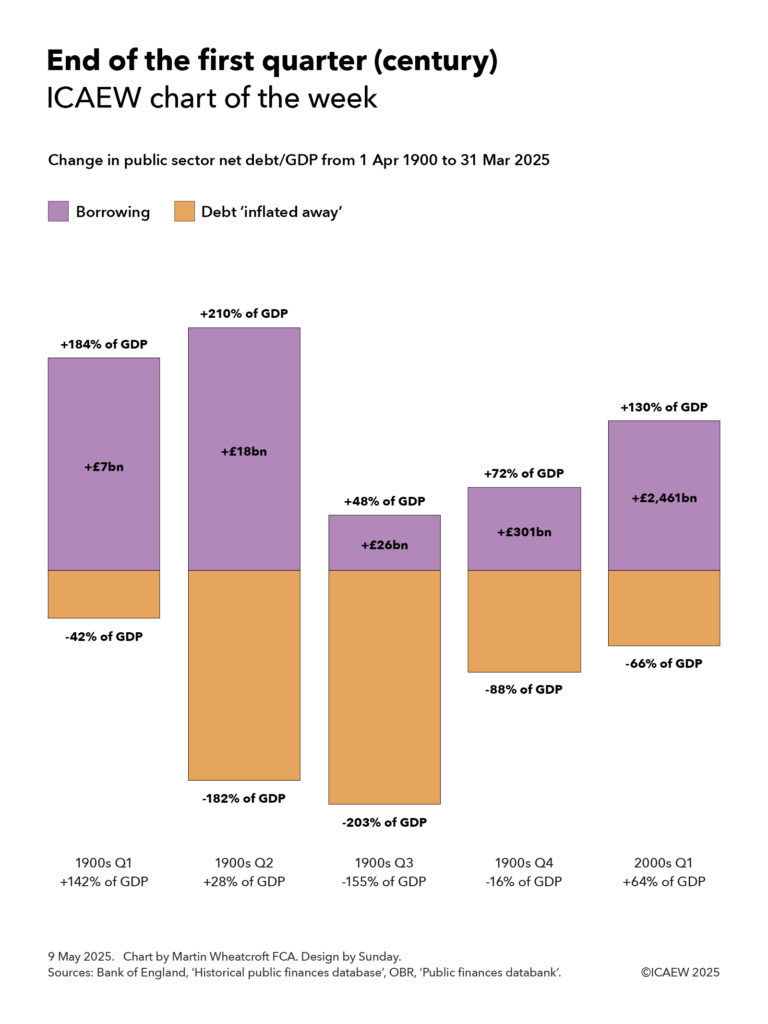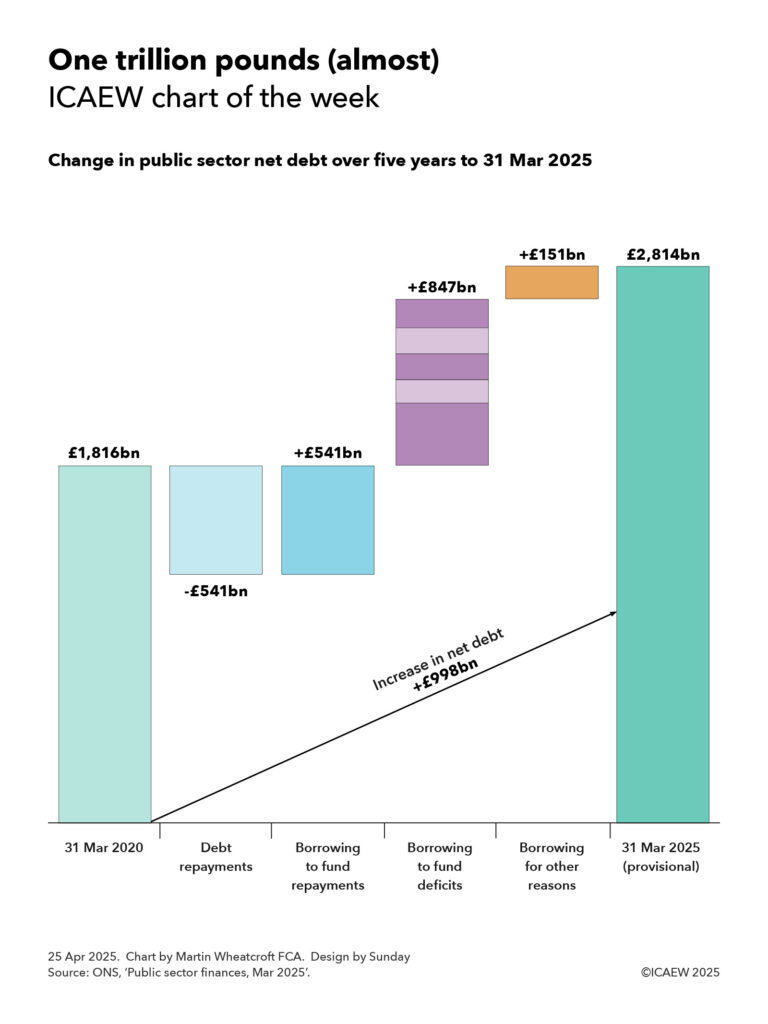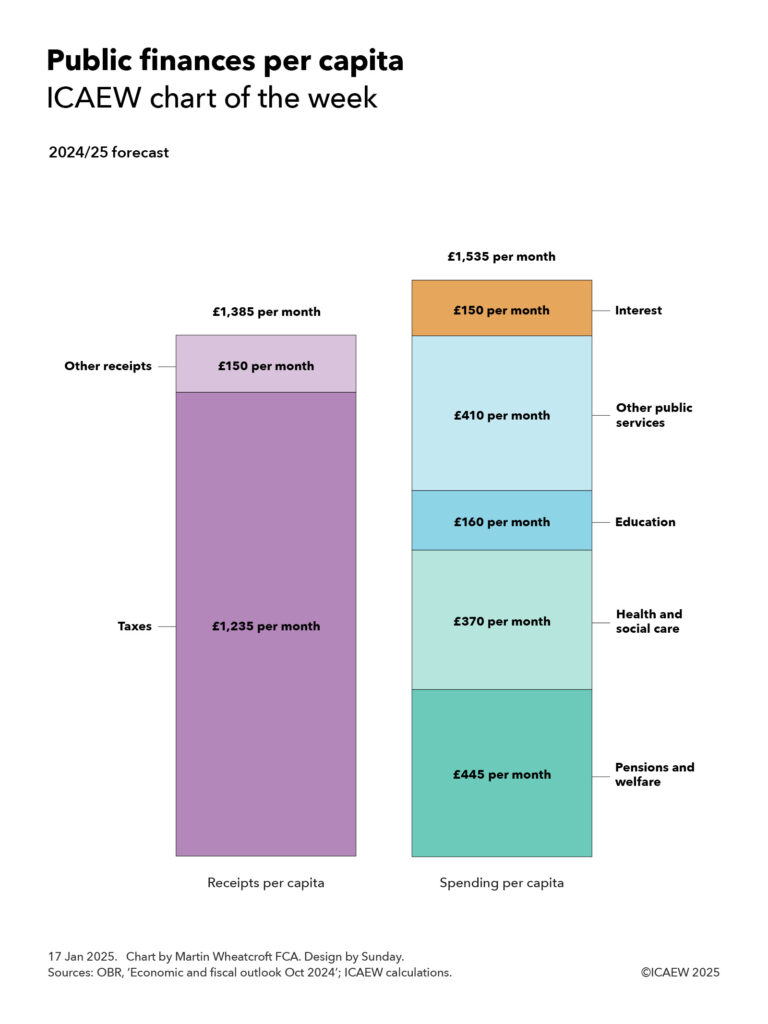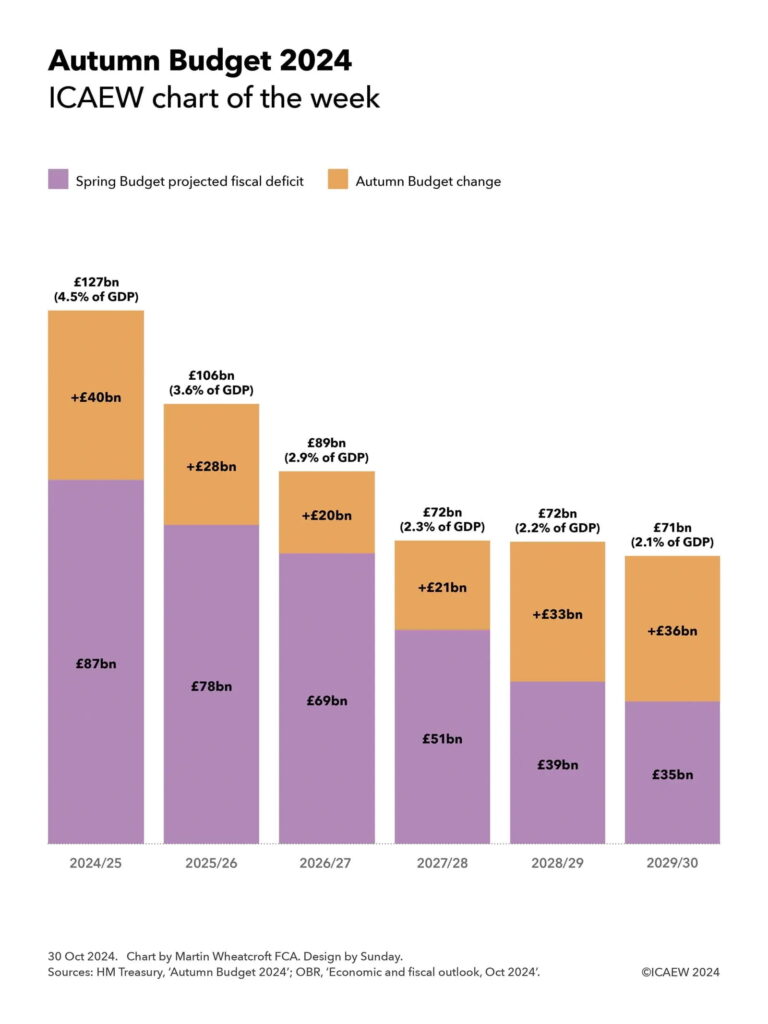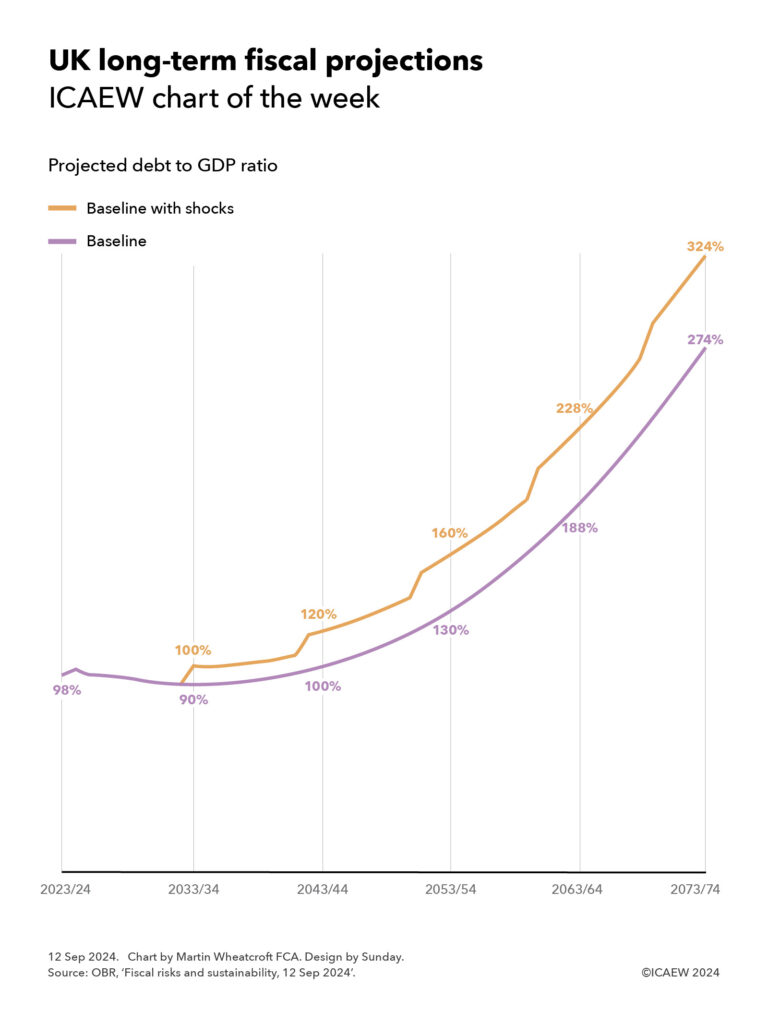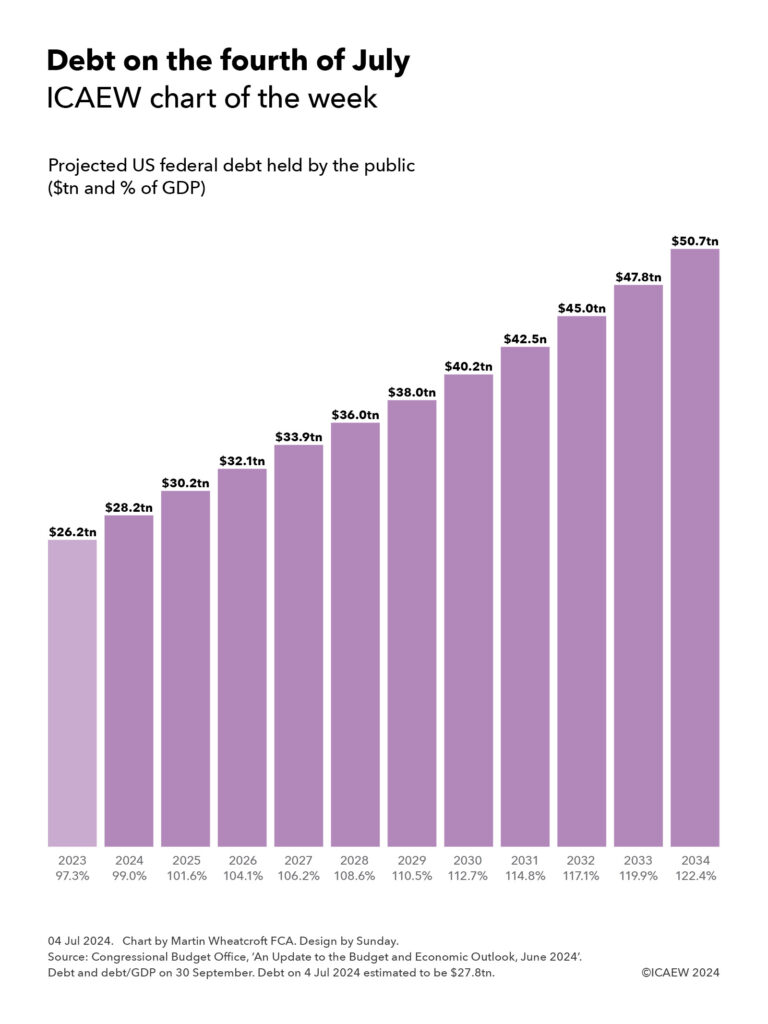My chart for ICAEW this week looks at what the Spending Review 2025 does to total day-to-day spending and capital budgets over the next three years.
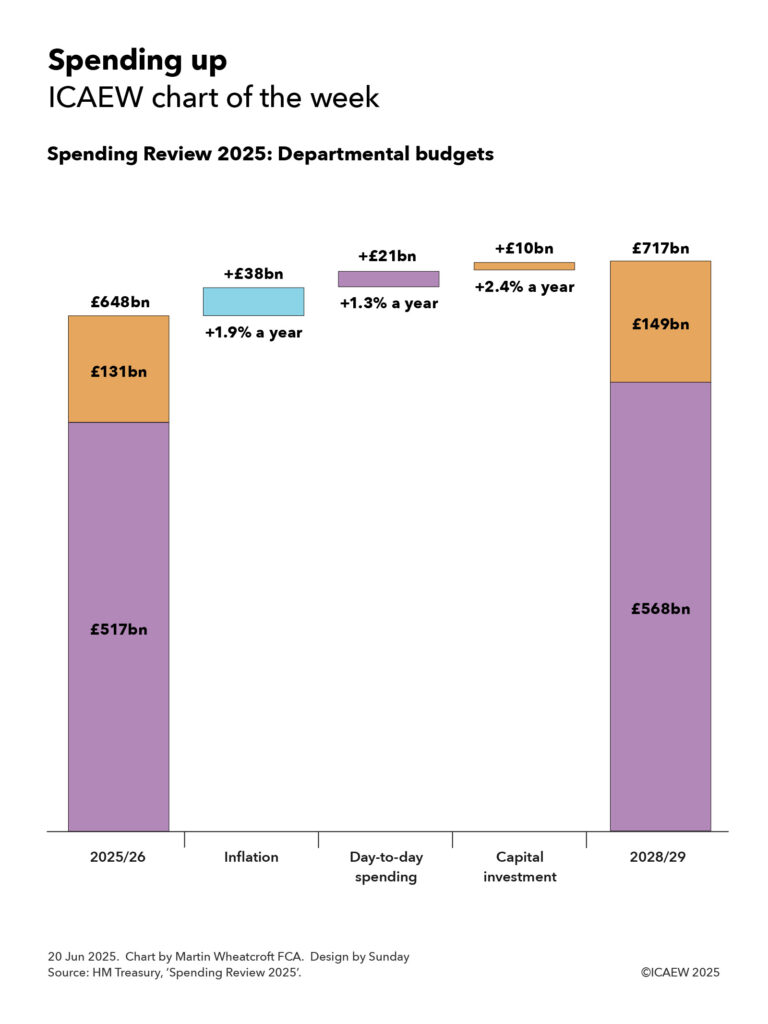
Last week’s chart of the week looked at the winners and losers between departments in the Spending Review 2025. This week’s chart looks at the overall picture and the government’s different approaches between operating and capital expenditure.
As my chart this week illustrates, total departmental budgets for the current financial year ending on 31 March 2026 (2025/26) of £648bn are expected to rise to £717bn by 2028/29. This comprises departmental ‘day-to-day’ operating budgets of £517bn in 2025/26 that rise to £568bn in 2028/29 and departmental capital budgets going from £131bn to £149bn over the same period.
Inflation of 1.9% a year on average is expected to add £38bn a year to total departmental spending by the end of the three-year period, with a real-term increase in operating budgets of £21bn by 2028/29 or 1.3% a year on average, and a real-term increase in capital budgets of £10bn or 2.4% a year on average.
In practice, the increase in day-to-day spending is not much of an increase at all given that ‘government inflation’ is often higher than the GDP inflator all-economy measure of inflation used in HM Treasury’s calculations. Pay awards and supplier price rises are likely to absorb a significant proportion of this additional money, with departments needing to find significant efficiency savings and productivity improvements if they are to avoid cuts to public services, let alone improve them. And, as our chart last week highlighted, several departments are in effect having their operating budgets cut over the spending review period.
Unlike operating budgets, where total planned departmental spending increases each year broadly in line with inflation and the 1.3% average real-term increase, the average annual real-term increase of 2.4% a year in capital budgets over three years comprises a 6.9% real-term increase in 2026/27, a real-term cut of 0.2% in 2027/28, and a real-term increase of 0.7% in 2028/29. (There is also no increase after inflation in the fourth year to 2029/30, which would reduce the average annual increase over four years to 1.8%.)
This follows an 11.6% real-term increase in capital budgets in 2025/26 that was enabled by the Chancellor’s change to the fiscal rules in the Autumn Budget 2024. This gave the government more flexibility to borrow for capital investment, and the Chancellor chose to front load that investment, no doubt in the hope of accelerating the economic benefits of that investment and of improving public services more quickly than might be possible if spreading the increase more evenly over the spending review period.
Whether the government will be able to actually deliver its planned capital programmes as quickly as it might hope remains to be seen, as will whether that investment in turn actually results in stronger economic growth and better public services. Let’s hope it does, as we could definitely do with a boost.
